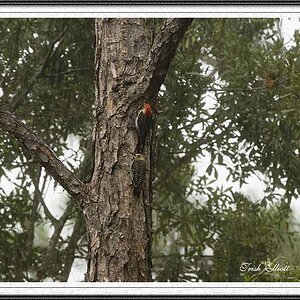dmatsui
TPF Noob!
- Joined
- May 7, 2008
- Messages
- 106
- Reaction score
- 0
- Location
- Middelburg, The Netherlands
- Website
- dmatsui.deviantart.com
- Can others edit my Photos
- Photos OK to edit
I've been browsing these forums visiting the links given on here to look for a good macro lens that would satisfy what i want and would still fit in my budget. I ended up deciding the Nikon 105mm F/2.8 ED-IF AF-s VR micro would probably be the best option. I'm probably going to have to look for more options as i'm purchasing this in singapore and if they dont have it i'm in trouble.
Anyway my question is what other accessories do you need for Macro photography besides the Lens? I've heard that lighting was very important for macro photography and it seems that a ring light is the best option. I'm curious as to how they work? How do they fit on your camera and how much would i have to pay for a ring light?
As far as i've heard i would also need a tripod for Macro photography, that i have so it's no big deal, how necessary is a tripod for macro photography though?
Lastly a light tent i'm guessing this is only necessary for when taking macro shots of say your figurines inside your house. How does it work and what would one need it for?
Is there anything else i need to know? I dont want to get an expensive Macro lens only to hear that i'm going to have to spend another 500 euro's worth of equipment later. If i have to, no problem i'd just like to know before hand. Or well yes slight problem but it just means more saving.
Thanks for the help
now that i look at it this should probably have gone in the equipment section.
Anyway my question is what other accessories do you need for Macro photography besides the Lens? I've heard that lighting was very important for macro photography and it seems that a ring light is the best option. I'm curious as to how they work? How do they fit on your camera and how much would i have to pay for a ring light?
As far as i've heard i would also need a tripod for Macro photography, that i have so it's no big deal, how necessary is a tripod for macro photography though?
Lastly a light tent i'm guessing this is only necessary for when taking macro shots of say your figurines inside your house. How does it work and what would one need it for?
Is there anything else i need to know? I dont want to get an expensive Macro lens only to hear that i'm going to have to spend another 500 euro's worth of equipment later. If i have to, no problem i'd just like to know before hand. Or well yes slight problem but it just means more saving.
Thanks for the help
now that i look at it this should probably have gone in the equipment section.


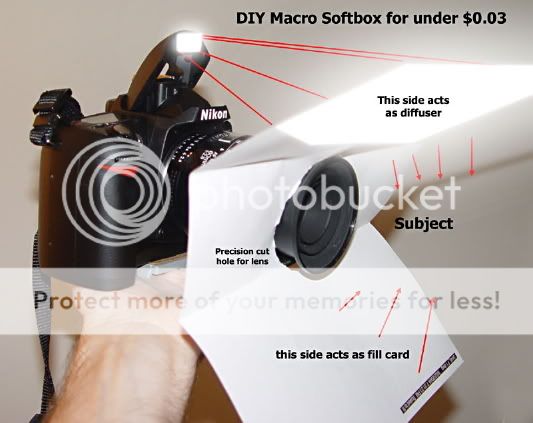
![[No title]](/data/xfmg/thumbnail/38/38747-bbe463248feefb7affb6b5e00efb70c6.jpg?1619738704)
![[No title]](/data/xfmg/thumbnail/36/36602-3001bbe07fa5517ccd4b03e049c7b844.jpg?1619737642)
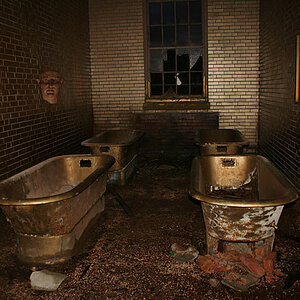

![[No title]](/data/xfmg/thumbnail/37/37606-3c9ffb5906173fa2aa489341967e1468.jpg?1619738148)
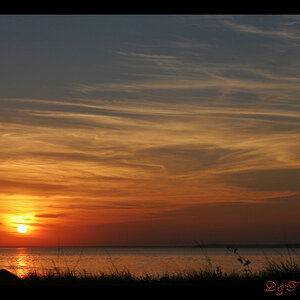
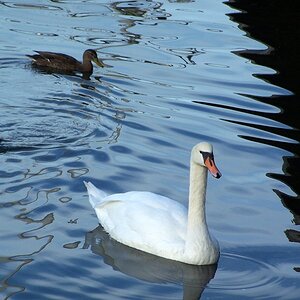
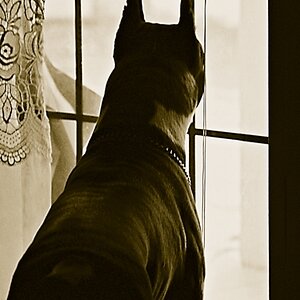
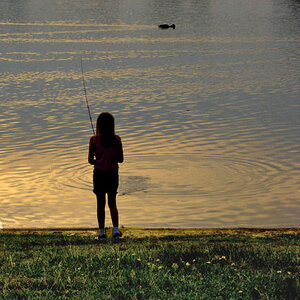
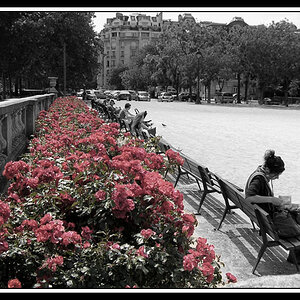
![[No title]](/data/xfmg/thumbnail/31/31050-824a861ee359cd274a794fc7b9ff8f7b.jpg?1619734588)
